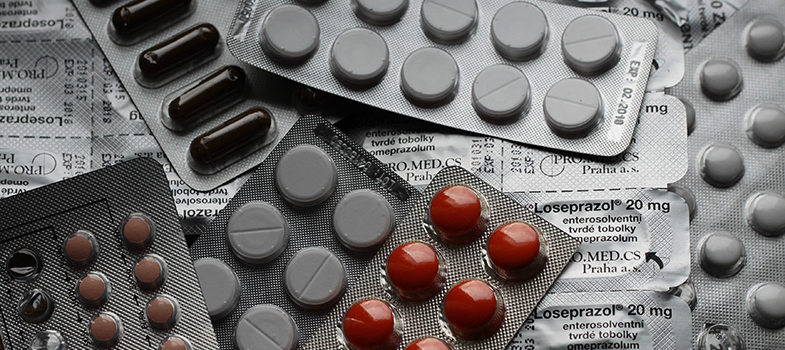5 The economic impact of AMR
The implications of AMR are substantial for global and national economies for the following reasons:
- AMR infections in the healthcare sector are typically more expensive to treat than non-resistant (or susceptible) infections. This is because of one or a combination of extended hospital stays, more expensive pharmaceutical treatments and additional diagnostic processes. Inappropriate treatment can also lead to recurrence of infections, leading to further costs.
- AMR in the agriculture sector leads to higher livestock production costs because antibiotics are often used as prophylaxis, meaning that more expensive antibiotics are required. Resistant outbreaks can lead to increased culling and are a threat to food security and the livelihoods of producers (Martins et al., 2024).
- The economic impact of AMR is also felt beyond the healthcare sector. Societal economic losses through reduced productivity and increased absenteeism occur as a result of prolonged or recurrent infections. Furthermore, increased health costs can increase the likelihood of financial hardship or catastrophic health expenditure for sick individuals if they have to pay for medical care themselves. This can cause longer-term impoverishment, particularly when they are forced to sell any assets (such as housing or livestock) to cover medical costs.
There has been a lot of research conducted on the economic burden of AMR if left unaddressed. One of the most influential pieces of work in this area is the O’Neill Report (Review on Antimicrobial Resistance, 2016), which included a projection that by 2050, 10 million deaths a year would occur as a result of AMR, with the global economy losing $100 trillion by the same year.
Although these figures were later disputed (de Kraker, 2016), there have since been many other projections of the economic burden of AMR, with a consistent message: if AMR is not curtailed, its impact will be enormous. The World Bank estimated that by 2050, unaddressed AMR could reduce global GDP by 3.8% each year and increase the number of people in poverty by 28 million globally (World Bank Group, 2024). A recent systematic review by Poudel et al. (2023) of the burden of resistant infections compared to susceptible infections found that the mean incremental cost per patient episode ranged from –$2,371 to $29,289 (in 2020 USD); only 1 of the 29 studies reported statistically significant lower costs for resistant infections.
Meanwhile, the extension of patient length of stay due to resistant infections was 7.4 days. It is worth noting that most of the studies identified in this review were from high-income settings, though there were some studies in lower-income countries identified.
The additional costs of resistance per patient are often greater in absolute terms in high-income settings (Poudel et al., 2023), likely due to greater costs of resources and labour; however, in relative terms this may not be the case. Despite this, low- and middle-income countries are likely to be more impacted by rising AMR for the following reasons:
- Interventions to combat resistant infections require additional resources, such as antimicrobial stewardship programs, infection prevention control measures, or surveillance programs. Resources in these settings are typically more constrained than in high-income settings.
- AMR routinely raises the costs of delivering healthcare services, for example due to extended hospital stays, additional diagnostic and microbiology utilisation, or higher costing alternative antibiotics to treat resistant infections. The healthcare system may not have the capacity or infrastructure to manage these additional demands, and more expensive antibiotics may not be affordable or even available in lower-resource settings.
- The health economic impact of AMR is also exacerbated by issues of access to vaccines, diagnostics and treatments, among other issues.
4.4 Interpretation based on choice of comparator




